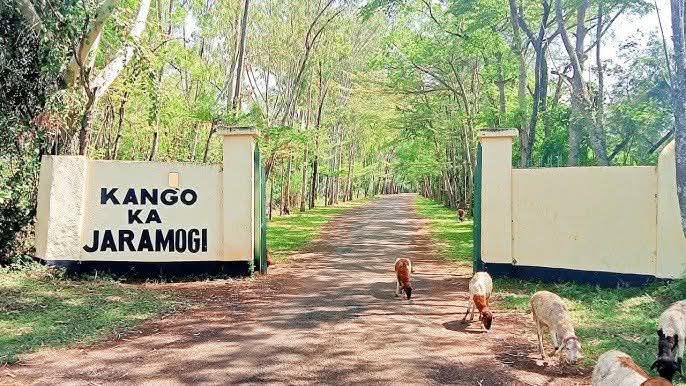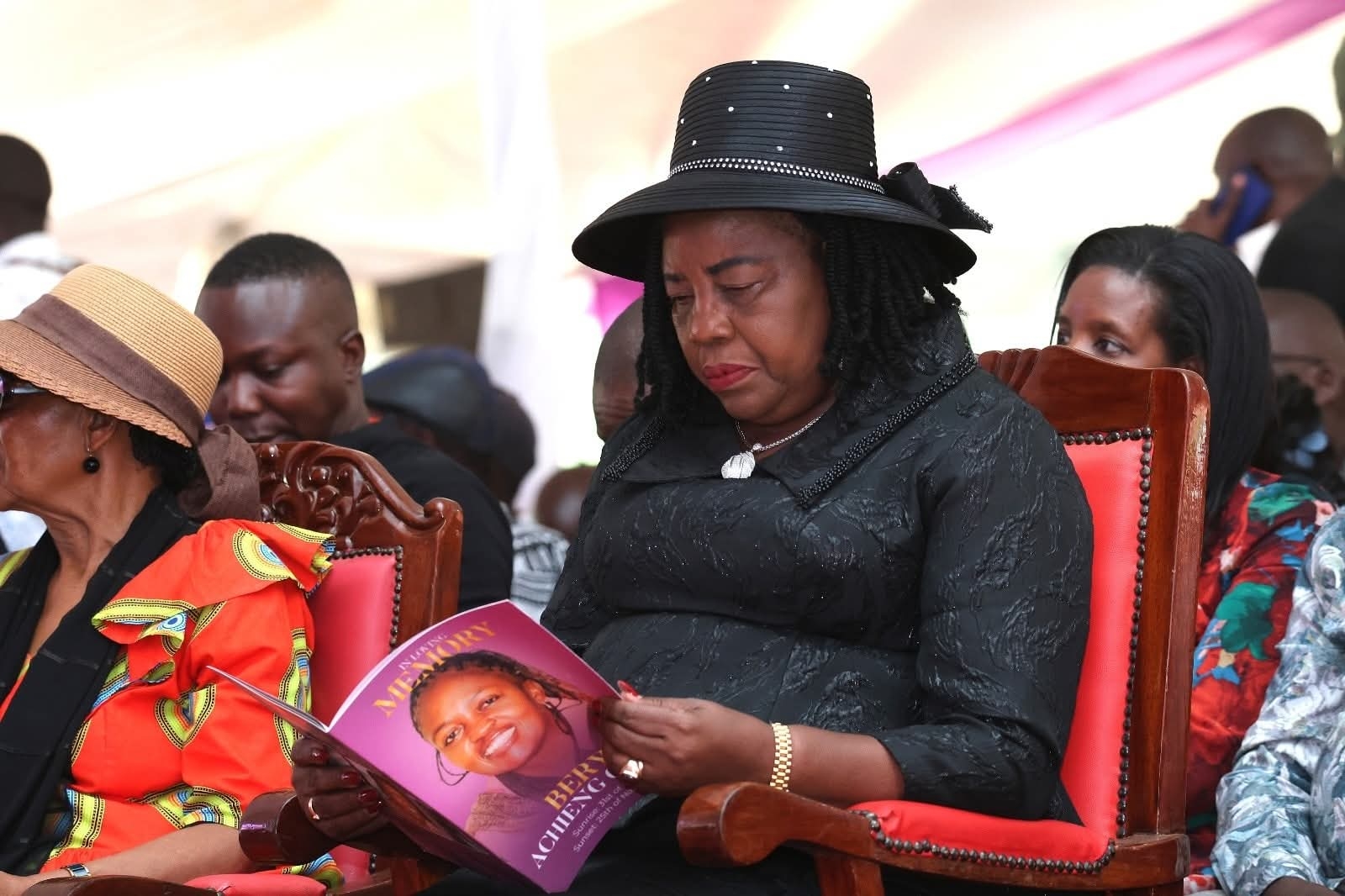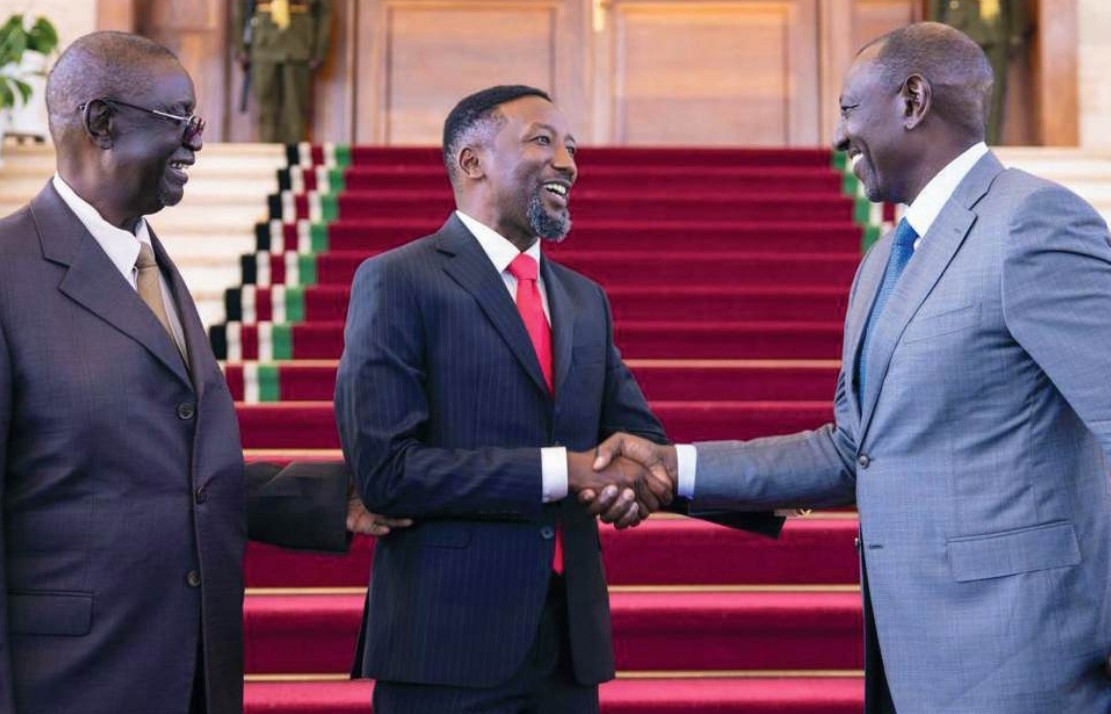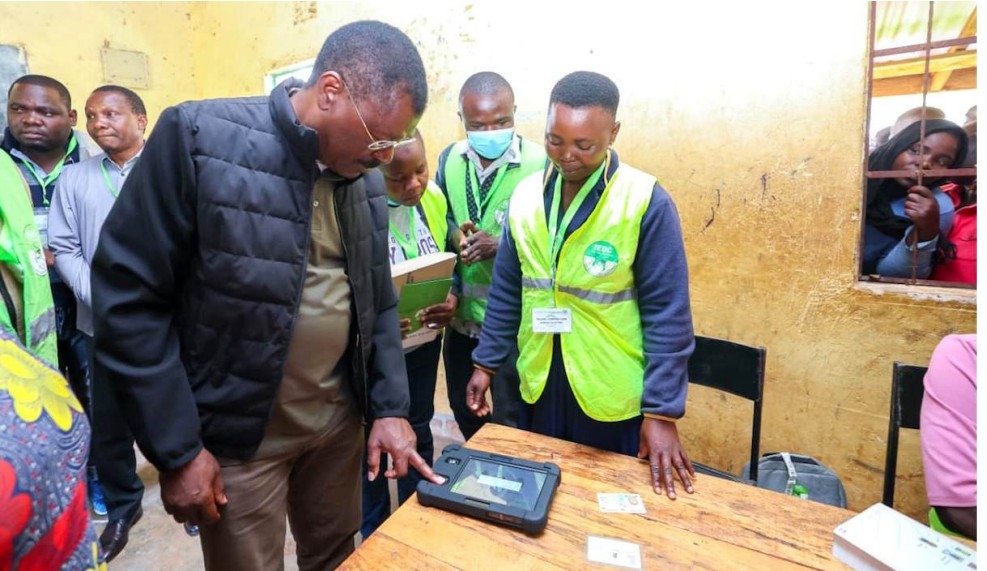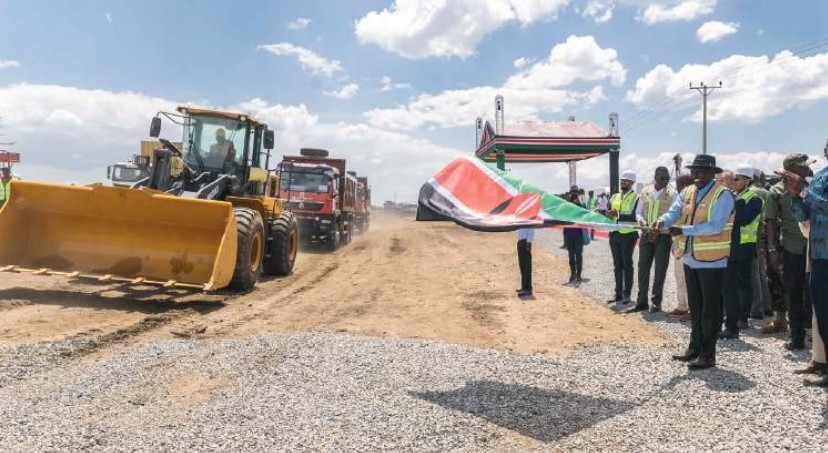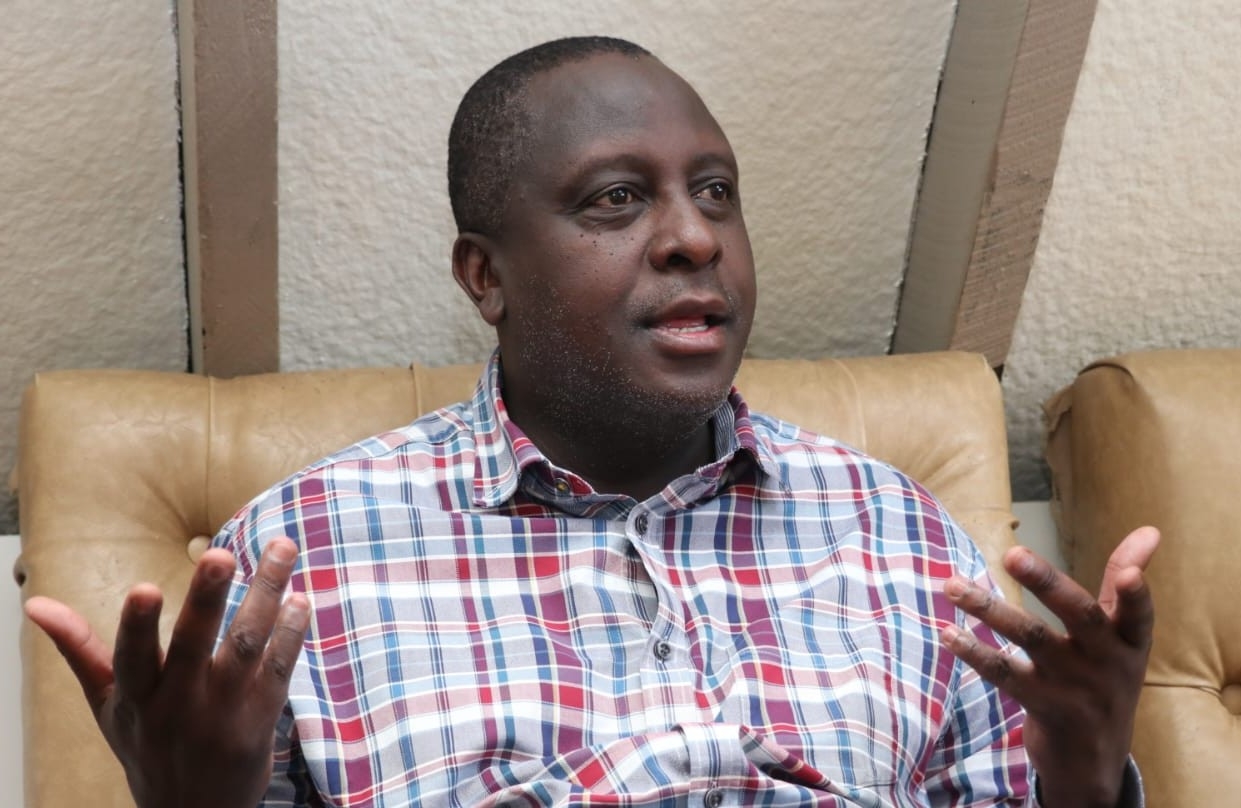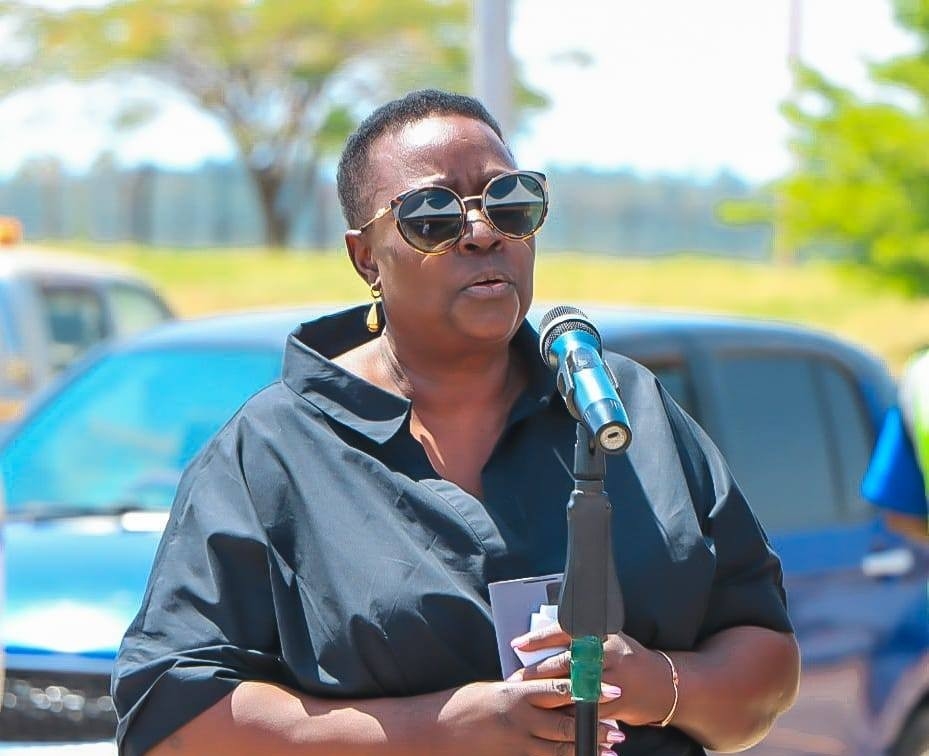Although the raised anchor lending rate will push up the cost of borrowing, it is expected to ease the cost of living in the coming three months.
Addressing journalists at the post Monetary Policy Committee (MPC) on Tuesday, CBK governor Kamau Thugge, said the hiked Central Bank Reference Rate (CBR) will put breaks on rising inflation which hit eight per cent in May.
''The decision to raise the rate by 100 basis points is in line with our plan to ease saturation of money in the market, where too much money is chasing fewer goods. We expect inflation to drop below the government's threshold of 7.5 per cent by September,'' Thugge said.
On Monday, the regulator lifted the CBR by one percentage point at the surprise MPC meeting to 10.5 per cent from 9.5 per cent, setting the benchmark lending rate at the highest level since July 2016.
The rate of increase was also the highest in nearly eight years since July 2015 when the CBR rose by 1.5 per cent.
Thugge however, acknowledged that the cocktail of hiked borrowing rates and initial effects of tax measures in the Finance Act, 2023 will push up the cost of living in the near term.
"Overall inflation is expected to remain elevated in the near term, mainly due to the recent increase in electricity prices, the removal of the fuel subsidy, and associated second-round effects,'' Thugge said.
He added that a mini-Survey of the Agriculture Sector conducted in the first half of June 2023 revealed that prices of some key food items particularly sugar and maize remain elevated.
Market analysts say that by raising the benchmark rate, the apex bank is trying to aim at two birds with a single stone.
"Apart from putting breaks on rising inflation, CBK seems keen to rescue the shilling from the ongoing downward trend. Limiting the supply of local currency in the market together with the already existing policy will likely ease the high dollar demand,'' capital markets analyst Tom Mbai told the Star.
Yesterday, the shilling closed 140.45 units against the greenback, having depreciated almost 20 per cent since last year.
The high borrowing cost is expected to further hurt borrowers who are currently struggling to repay existing debt obligations.
Banking expert Silas Kinyanjui told the Star that although most banks have adopted risk-based lending where borrowing cost is determined by one's credit score, no loan will go for less than 13.5 per cent.
Already, the cost of borrowing is at the highest level since July 2018, with the average commercial lending rate standing at 13.1 percent as of April.
This is even as the overall loan default rate hit a five-year high of 14.9 per cent.
Increases in NPLs were noted in the manufacturing, trade, real estate and transport and communication sectors. Banks have continued to make adequate provisions for the NPLs.
The rising cost of borrowing is expected to start chipping away at private sector credit growth, which has so far shown resilience, holding at 13.2 per cent in both April and May.
Analysts say commercial banks are likely to lend more to the government which is currently offering high yields of close to 15 per cent for bonds less than 10 years.
Early this month, the National Treasury issued a 7-year infrastructure bond worth Sh60 billion at 15.8 per cent.
The tax-free bond, which attracted Sh220.5 billion in investor bids, way beyond the target, posted a performance rate of 367.5 percent — a record outturn contrasted to any previously issued infrastructure bond at primary issuance, going as far back as October 2014.
Banks' credit to the private sector has been on the rise since Kenya repealed the Banking Act, 2016 which had capped borrowing rates at 14 per cent.
CBK attributes this to sustained demand for credit particularly by businesses that have highlighted working capital requirements.
Strong credit growth was observed in manufacturing (19.3 per cent), transport and communication (22 per cent), trade (15.4 per cent), and consumer durables (11.9 per cent).
The number of loan applications and approvals remained strong, reflecting increased demand and resilient economic activities.
The CBK foreign exchange reserves, which currently stand at $7.4 billion (4.07 months of import cover), continue to provide adequate cover and a buffer against any short-term shocks in the foreign exchange market.



